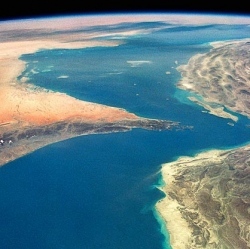
In early March, NASA’s Dawn spacecraft will enter the orbit of the dwarf planet Ceres. We’re going to see a whole new world. Eight years since its launch, and four years after visiting the second-largest object in the asteroid belt, Vesta, Dawn will be the first spacecraft to orbit two alien protoplanets in a single mission.
"Ion propulsion is taking over the industry"
That achievement is made possible by its ion engines, which are about one foot in diameter. Inside each engine, xenon atoms are bombarded with electrons to form ions. Metal grids at the back of each engine are charged to about 1,000 volts and shoot out the ions at up to 90,000 miles per hour. The thrust is minuscule. (To approximate the pressure the engines exert on Dawn, take a sheet of paper and place on it on your palm. That’s it!) But in a zero-gravity, frictionless environment, the effect of this thrust gradually builds up. At its fastest, Dawn can move at about 24,000 miles per hour. And because the ions move at such a high velocity, the engines need less propellant, making them 10 times more efficient than conventional chemical fuels.
Ion propulsion “is taking over the industry,” says John Brophy, who developed Dawn’s engine. If this all seems like something you’d see in a movie, it’s probably because you already have. In Star Wars, Darth Vader’s TIE fighter is a hot rod that uses ion engines to speed through the Galactic Empire. Just like Darth Vader’s vehicle of choice, Dawn uses solar energy to feed electrons into its power-hungry engines. Each of the two solar panels is 27 feet, or the width of a singles tennis court. Unlike chemical fuels, which have to be stored in the spacecraft, these panels supply an almost inexhaustible source of energy.
